Sightseeing

The Saint John Lampadistis Monastery
It is situated on the east side of the Setrachos river opposite the old village center. In 1985 UNESCO included the monastery together with eight other chapels on the Troodos range in the world heritage list. The monastery with its well preserved frescos, icons, wood carved doors etc is one of the most interesting byzantine sites of Cyprus and this together with the six other 13th – 17th century chapels rightly justify Kalopanayiotis being referred to as “the byzantine destination of Cyprus”.
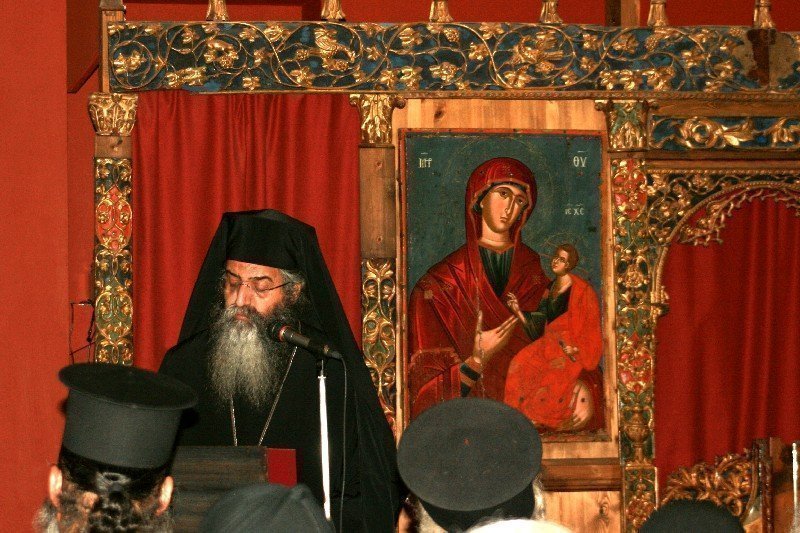
The Byzantine Museum
It is situated next to the Lampadistis monastery. Here one can find exhibited ecclesiastical artifax that survived though the centuries in the monastery and the other village churches. All the exhibits have been well maintained and preserved. The building served as the first primary school of the village. It was converted to a museum in October 2000.
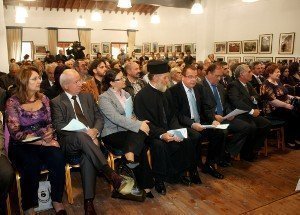
The House of Lavrentios
This was the martyrs’ Lavrentios family house which has been recently restored and converted into a conference and cultural center. Lavrentios was the bishop of Kyrenia who was executed by the Ottoman Turks in 1821. He was born in Kalopanayiotis and lived the first 16 years of his life in the village attending school at the nearby monastery of Lampadistis. The museum of Lavrentios is housed in one of the ground floor rooms whose original character has not been altered.
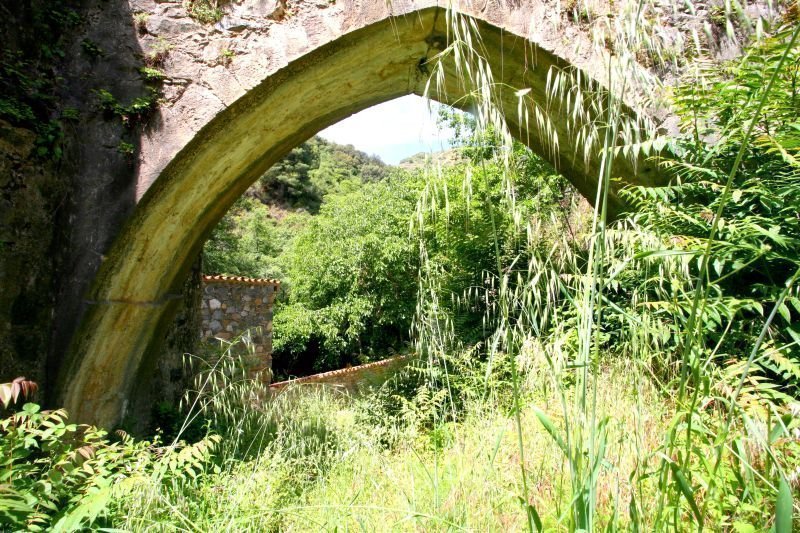
Healing Waters
The sulphur springs can be found at the banks of river Setrachos next to the Venetian bridge. The healing properties of the waters were known since antiquity. The whole area was part of the ancient Kingdom of Soli whose kings used the area as their wellness resort combining it with their hunting outings. It is said that a temple dedicated to Aesclipious, to the ancient god of healing, was situated on the same spot where the Lampadistis Monastery stands today. The spa waters have been used throughout the ages to this day for their healing properties.
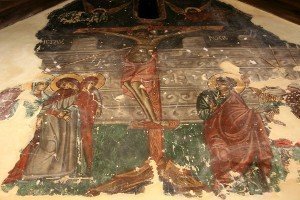
Churches and Chapels
In the village one can visit the two churches (19th – 20th century) and six chapels (13th – 17th century) the most interesting being the Theoskepasti, Agios Andronikos and Agios Archangelos.
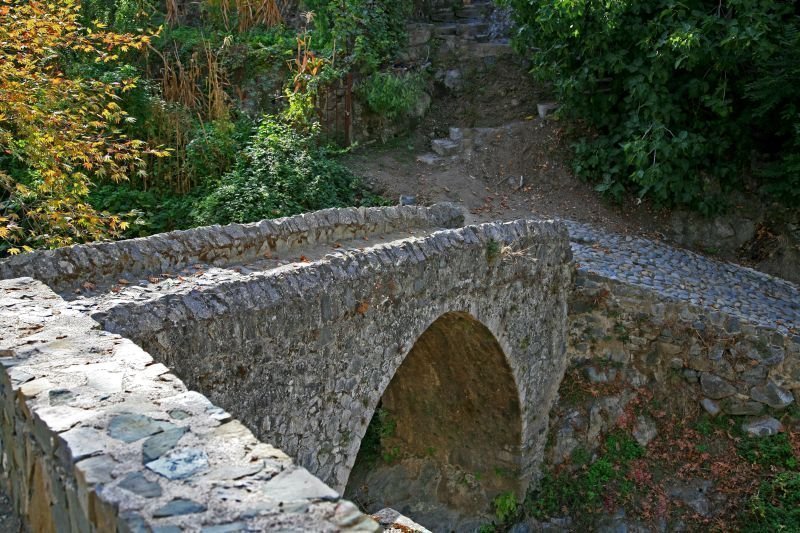
The Venetian Bridge
The Venetian bridge constructed in traditional stone masonary consists of a single span arch and dates back to the Venetian times (16th century). Until recently it served as the only access between the village and the monastery. Nearby is the point where, according to tradition, St. Paul and St. Barnabas baptized St. Heracledios the first Bishop of Cyprus.

Kykkos Watermill
There were five watermills in operation along the valley and all five sites are still visible. The Kykko watermill has been declared a “heritage monument” by the Cyprus Department of Antiquities. An imposing site characteristic of the pre industrial period architecture.
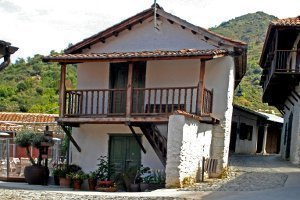
Architectural Heritage
One of Kalopanayiotis main attractions is the large number of houses built in the old mountain village traditional style. Many of the old houses are built in this manner and the department of Antiquity has declared them “monuments” or “properties for preservation”. These houses are being gradually restored in co-operation with the antiquities department and converted into tourist accommodation units. The European Union has been very instrumental in facilitating finances for these projects.
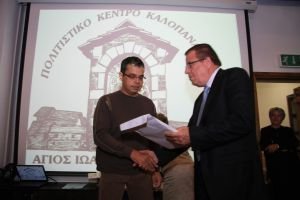
Kalopanayiotis Cultural and Conference Centre
Ayios Ioannis Lampadistis Cultural Centre, founded in 1991, is housed in the restored House of Laventios in the old village neighbourhood.The centre consists of a large conference room, boardroom, exhibition hall, offices, and a reception area.


